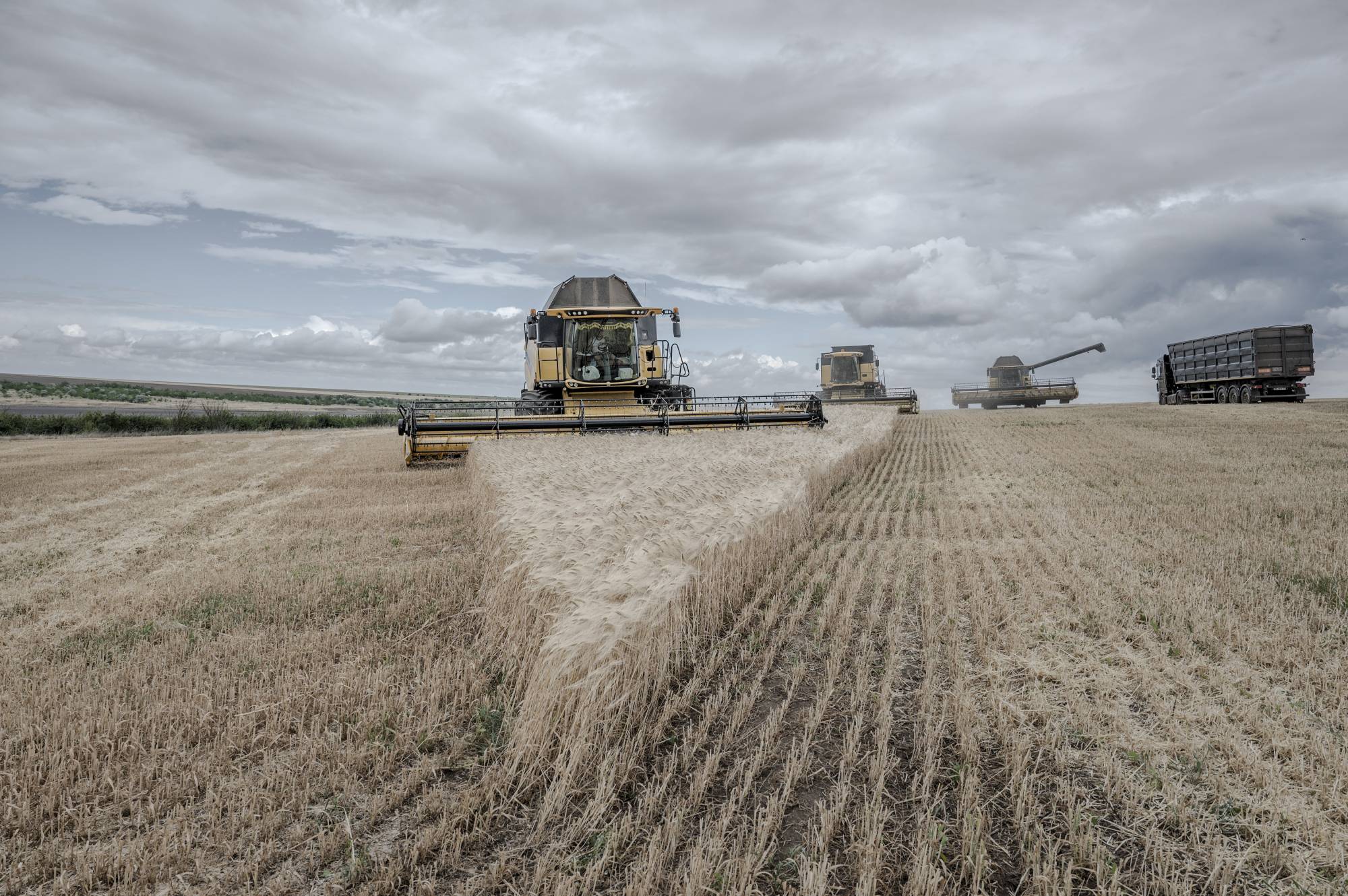[ad_1]
You might not like distiller Koichiro Watanabe’s shōchū, but he’s OK with that. Instead of pleasing a broad spectrum, he has chosen to make complex, bold shōchū imbued with the flavors of his hometown for a passionate fanbase.
Watanabe is the fourth-generation head of Watanabe Distillery in Tano, Miyazaki Prefecture. The small, family-run business was founded in 1914 and now produces about 50,000 liters of shōchū per year, predominantly of the sweet potato and barley varieties. Unlike most producers, the family grows the raw materials themselves, believing that imparting a sense of terroir begins in cultivating the soil.
The family rotates its crops, sometimes even swapping fields with neighbors, to ensure the rich, volcanic soil maintains its fertility. They also eschew agrochemicals in favor of hand-weeding and fertilizing with organic byproducts from shōchū production. In the case of sweet potatoes, Watanabe says this results in spuds that have more robust flavors and yield 10-20% more alcohol than ones they’ve purchased from other farmers.
Watanabe shows me some freshly harvested Daiichi no Yume sweet potatoes, a variety commonly used in shōchū. They’re long and white, almost like plump daikon radishes, and patches of black soil cling to dimples in the skin. They’ll be washed before being sent to a steamer, but not too vigorously.
“We try to reflect as much of the local environment as we can in our shōchū,” Watanabe explains. “So even if there is a bit of soil left on the potatoes, we don’t wash it off entirely, because there are local microbes in it that are unique to this area. They actually assist in the fermentation.”
For the same reason, the tanks sit under open windows, stirring poles and other tools are cut from wild trees or bamboo, and no cooling equipment is used during the main fermentation.
“Micro-organisms that can survive at the ambient temperature are naturally suited to perform fermentation here and they’ll give you a unique flavor that can only be made in this location,” Watanabe says. “According to our analysis, every year we have about three new kinds of yeast coming in that way.”
As a particular example of the connection between microbes and terroir, Watanabe recalls the same analysis also found a lactobacillus in the mash that is usually associated with pickled daikon, a specialty in the region. He hypothesizes that the strain might have originated at a pickle manufacturer that stood next to the distillery about 70 years ago.
The flavors imparted during fermentation are strongly incorporated into the finished product because Watanabe sticks to single distillation in a traditional atmospheric still. In atmospheric distillation, the boiling point is 100 degrees Celsius, a temperature at which compounds in the mash undergo chemical reactions, creating new compounds with bold flavors that get vaporized along with the alcohol. Newer vacuum distillation technology lowers the boiling point, stopping or slowing those chemical reactions and resulting in a lighter, milder taste.
Given the link between the local environment and his shōchū, it’s no surprise that Watanabe is equally passionate about protecting and preserving that environment. Since assuming leadership at the distillery, he has been exploring ways to make its operations more sustainable.
Some measures are small, such as the use of soluble washi paper and starch adhesives for labels to make the shōchū bottles easier to recycle and reuse. Others were major investments, such as the construction of an on-site facility to treat wastewater.
In the past, small distillers would spray wastewater fresh from the still directly on their fields. The high temperatures would kill bugs and other pests and the organic matter would fertilize the soil. However, as shōchū became more popular, the disposal of wastewater, particularly from bigger distilleries without attached farms, became an issue. Laws were passed to prohibit the discharge of untreated wastewater. A certified agent had to come and collect it, but this also caused problems as there weren’t enough agents at peak times.
This led Watanabe to build a water treatment facility next to the distillery 15 years ago. The wastewater first passes through a centrifuge to extract the organic matter, which is used as fertilizer or sold to local dairy farms for cattle feed. The remaining water is treated to reduce its acidity, and then discharged into a nearby river.
“That water flows out into the sea, where it turns into clouds and becomes the rain that falls on the mountains, and eventually the well water we use to make shōchū. So it’s completely cyclical,” Watanabe says. “Of course, asking a certified agent to come in and take care of it would be much cheaper, but I think more and more customers want to know if producers are mindful of the environment and using sustainable practices.”
Watanabe’s full-bodied shōchū offerings may not suit every palate, but that willingness to stand out has attracted a devoted following. He suspects the distillery’s focus on craft and sustainability may engender a similar loyalty from environmentally conscious drinkers.
“If people are conscious about environmental issues and are willing to pay a premium for sustainable foods and products, then I think our approach could catch on.”
In line with COVID-19 guidelines, the government is strongly requesting that residents and visitors exercise caution if they choose to visit bars, restaurants, music venues and other public spaces.
In a time of both misinformation and too much information, quality journalism is more crucial than ever.
By subscribing, you can help us get the story right.
SUBSCRIBE NOW
[ad_2]
Source link

















